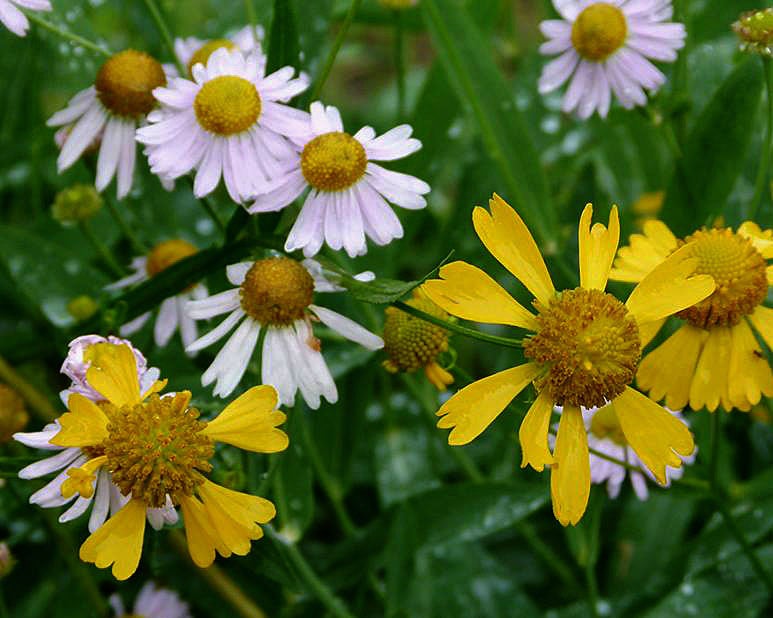Highland treasures
Published 12:19 pm Thursday, October 8, 2015

- Boltonia montana and Virginia Sneezeweed are often found together.
One of the pleasures of wandering around in the woods is the discovery of new and unusual plants. You know the ones I mean; those that have been on your wish list forever and that you don’t really ever expect to find. Things like white-haired leather flower and Kate’s mountain clover. So … it was an amazing experience to stumble across, not one, but two of the plants on my wish list on the same hike.
Almost by accident, I found a wonderful resource for hikers and amateur botanists. It’s so good that I’m not sure whether I should greedily hold it close or share it with the entire world. I’ve decided to share it. Chris Ludwig, the chief biologist for the Virginia Department of Conservation and Recreation, Division of Natural Heritage, has put together an online publication, “A Highland Flora: 20 Botanical Hot Spots to Explore the Flora of Virginia’s Mountains.” The hikes are organized by month, beginning in April in the Clinch Mountain Wildlife Management Area and ending just about now in the Maple Flat pond complex in the George Washington National Forest.
The Maple Flat area contains a series of sinkhole ponds, filled with water from January until July, that create a unique environment for a number of plants, including two rare species that are often found together: Boltonia montana — valley doll’s daisy — and Helenium virginicum — Virginia sneezeweed.
Boltonia montana is only found in one county in Virginia, as well as two counties in New Jersey and one in Pennsylvania. It’s an herbaceous perennial that can grow to be 60 inches tall and has daisy-like blooms with pale pink or lavender-white ray flowers and yellow-green disk florets. It’s very similar to the more common Boltonia asteroides, but was described as a separate species in 2006.
Depending on fluctuations in the moisture level in the sinkholes, Boltonia montana usually blooms from early August until mid-October. Seeds are capable of germinating and developing small rosettes of leaves, even while under water. Unfortunately, submerged plants don’t usually develop any further.
Helenium virginicum is found in three counties in Virginia and there is a somewhat larger population 700 miles away in Missouri. Why? Did animals transfer the seeds? Did ancient glaciers play a role? Is there still a small but continuous range of plants between Virginia and Missouri still to be discovered?
Helenium virginicum is very similar to common sneezeweed (Helenium autumnale). It’s an herbaceous perennial that grows 28 – 44 inches tall and has a basal rosette of leaves and an erect winged stem.
It begins blooming slightly earlier than Boltonia montana and continues until early October. The yellow ray flowers are wedge-shaped and droopy. This plant is commonly called sneezeweed not because it causes allergies, but because early settlers used the dried leaves and disk flowers to make a type of snuff.
Helenium virginicum is dependent on the flood cycle and low nutrient condition of its unique habitat. In fact, both plants derive a competitive advantage from their ability to survive soil that is potentially toxic to many other plants.
These two plants aren’t showy, but they’re definitely unique because of their adaptation to harsh habitats. Seeing both of them on one hike is a special treat, the kind that just leaves you with chills.
To explore some of Chris Ludwig’s Highland rambles, here’s the link: http://floraofvirginia.org/wp-content/uploads/sites/25/2014/07/highland-text.pdf.
CYNTHIA WOOD is a Master Gardener who writes two columns for The Herald. Her email is cynthia.crewe23930@gmail.com.





